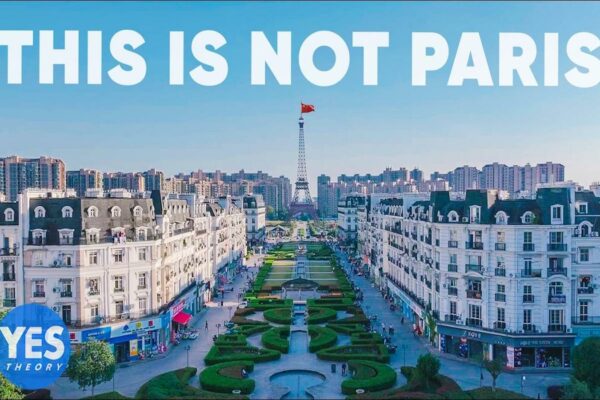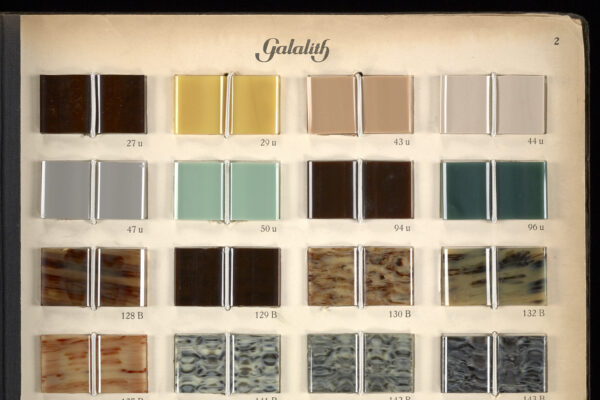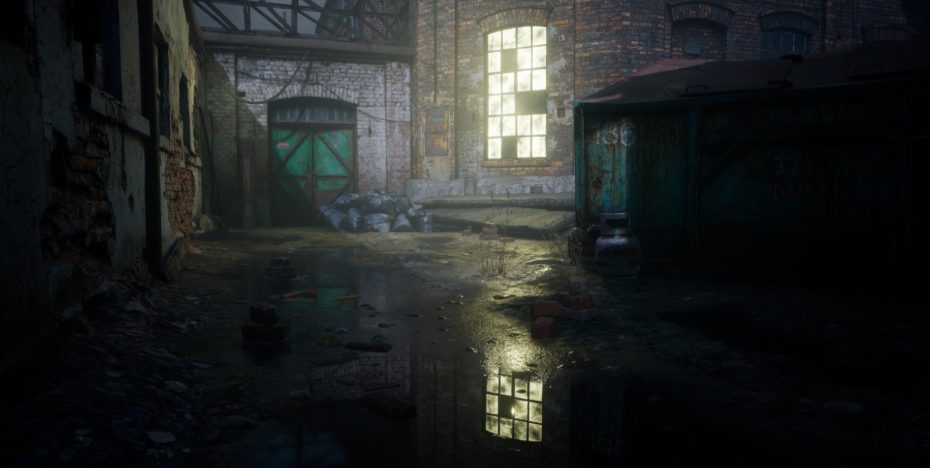
The ship of Theseus, one of the oldest quandaries in Western philosophy, posits whether an object reconstructed with replaced parts can be considered the same as the original. But what if the ship is constructed with the same parts, in the exact same shipyard, only without the ship maker’s knowledge? It happens far more frequently than you might think, affecting many of the world’s biggest fashion and lifestyle brands today thanks to a clandestine manufacturing practice known as “ghost shift” counterfeiting. Also known as the “midnight shift” or “third shift”, contractors hired by the brands will essentially make more products than they’re supposed to even after “official production” has finished, running the production machine off the books by having factory workers come back for an extra undocumented out of hours shift. From New Balance to Apple to Vespa, these “midnight shifts” are one of the leading producers of counterfeit goods.
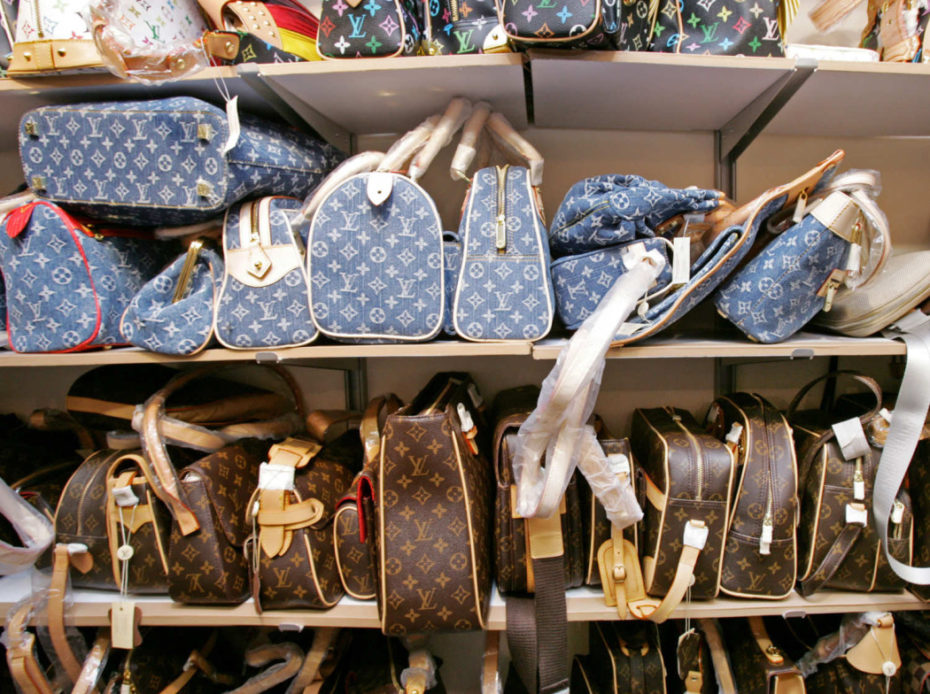
Fake products made up 3.3% of global trade in 2019, with research showing that for many, the perceived brand identity has more societal value than the quality of the item, even if the consumer knows it’s a counterfeit product. But it’s becoming increasingly difficult, even for official retailers, to tell the genuine from the fake. If you’ve ever purchased a pair of slightly discounted sneakers from a third party retailer, there’s a good chance you’ve unknowingly purchased a pair of midnight shift knock-offs. Ghost shifts emerged in the late 1980s and early ‘90s when Western manufacturing began its major shift towards parts of Asia and especially China and India. As CNN reported in 2006, “Now that Western companies are pervasively outsourcing the manufacture of their products to factories overseas, they’re entrusting their precious intellectual property – designs, molds, specifications, trade secrets – to hundreds of contractors and subcontractors all over the world. It’s extremely hard to police global supply chains, and IP is leaking out through 1,000 cracks.”
Technological advances in printing, scanning and 3-D modeling have made copying through reverse-engineering easier and cheaper than ever, but somewhere down the line, many Western companies prioritised cheaper production costs over the protection of precious trade secrets, offering it all up on a silver platter, from where to source the raw materials to how to move the product.
“You’ve taught a company to produce something,” one China-based investigator told Fortune writer Roger Parloff. “And perhaps that’s all those people know how to do. Just because you have agreements doesn’t mean those people are going to stop doing what they’ve learned.”
As Alibaba co-founder Jack Ma told the BBC, “The problem is that the fake products today, they often make even better quality, better prices than the real names. The exact factories, the exact same materials, but they do not use their names.”
Contractors often use the same components and equipment as they do to fill regulated client orders – with a few notable differences. For one, midnight shifts regularly ignore worker protection laws. And of course, the quality control goes out the window. Ghost shifts are often run using marginal material intercepted on the way to the grinder that would normally be disposed of, but for the most part, the markings and characteristics of the material will often look absolutely authentic because the “ghost” material is indeed genuine, albeit without the brand’s stamp of approval. While a genuine product might not be selected for sale because of a minor flaw detected by quality control, all 10,000 extra products manufactured during a ghost shift (possibly using inferior materials) will successfully make it out the back door for sale to the counterfeit market.
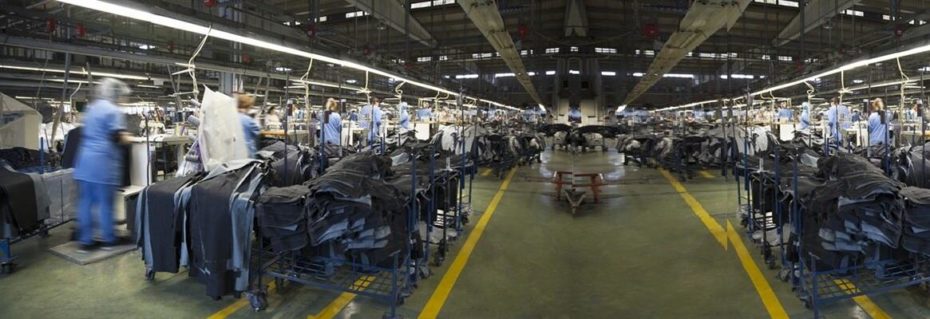
“Before you know it, there’s ten or 20 factories in that county making knockoffs of your product.” explains Peter Humphrey, who runs a risk-management firm in Shanghai called ChinaWhys. “What can easily happen is, someone takes it down the road to his brother or uncle who also has a factory”.
The American shoe company New Balance, knows all too well how hard it can be to shut down ghost shifts. While many Western companies have avoided publicising the misuse of their IP, New Balance entered a long court battle with a Taiwanese businessman Horace Chang, who had once been their top manufacturer since the brand began outsourcing production in the 1980s. After the popularity of its “Classic” shoe took off (an inexpensive style that lacked the high-performance technology the brand prides itself on) Chang wanted to double down on production to meet demand but New Balance disagreed. The factory produced the shoe at an accelerated rate anyway, and New Balance canceled Chang’s contract in 1999. Chang nevertheless failed to return their property, including the molds and production information, and continued producing the “Classic” design shoe, but under a new brand name, Henkees. New Balance filed an injunction against Chang and his factory in 2000, but a Chinese court ruled in Chang’s favor and even gave him the “implied license to distribute” without paying royalties. Given the international nature of these crimes, litigation can drag on for years, with the damage already done.

But hang on – it’s not just foreign manufacturers that engage in the clandestine practice of ghost shifts. Domestic US outfits for example, operate in similar ways when it comes to their outlet stores. Gap and Banana Republic have been known to sell a product that is indistinguishable from one sold at the original store, but made using inferior material or stitching. And in a Reddit forum, one user revealed that while working at an American injection molding company making all the parts for and filled toner cartridges for Toshiba (and a few other brands), “we would often do extra runs of parts with the ‘Toshiba’ name taken out of the mold and replaced with a blank plate. Same design, same plastic, same toner, same QA, probably sold for 1/2 the price.”
On the plus side, in a world where fashion waste has become out of control, the problem of ghost shift counterfeiting has encouraged some luxury brands to find more sustainable practices on the manufacturing floor. In 2010, French luxury goods manufacturer Hermès created its own sub-brand called Petit h, turning factory scraps into art pieces, including sculptures, furniture, one-of-a-kind beach clothing, accessories, shoes and bags. As the website reads, “An object is born of existing materials, the latter breathing life into the former. This creation in reverse results from a unique creative approach based on surprise and transience”.
Other luxury brands including Burberry have created similar upcycled products and this year, LVMH even began regulating the sale of its leftover fabric on the website Nona Source.
Blockchain technology might also offer a solution that enables customers and distributors to easily and effectively verify the authenticity of any product in the future. But in the meantime, if you’re shopping via “grey area” marketplaces such as Amazon, Ali Express, Ebay, you may just end up with more fake products than you realise. Or we could pick up where Plato left off on the ship of Theseus, and ask ourselves whether a counterfeit product in a genuine package remains fundamentally the same product.
Further reading: In 2015, Financial Times associate editor and chief business commentator John Gapper took a break from hard hitting facts to publish The Ghost Shift. The novel dives into the world of corruption around factory production through the murder of a young worker. The FT described The Ghost Shift as “ingenious and fast-paced,” and like a well-made knock-off, it might just be as close to the real thing as you can get.








